
Robots for the Elderly
Robots for the Elderly
1. Cutii
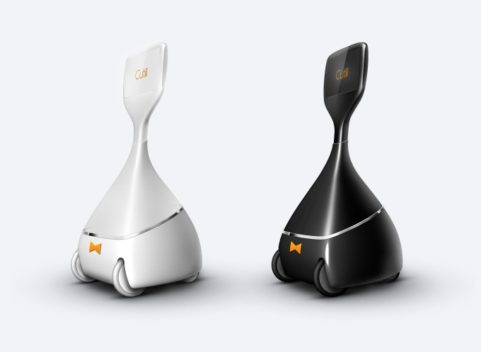
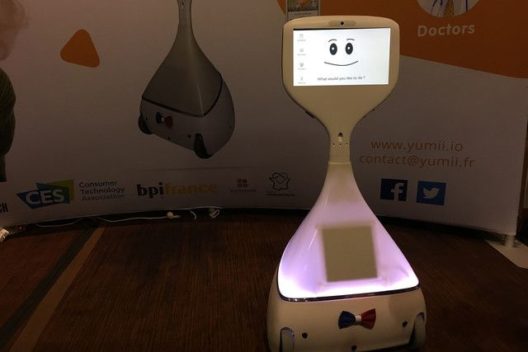
A companion robot designed specifically for at-home elderly care
Vocal commands – His text-to-speech/speech-to-text technology, coupled with his artificial intelligence, allow you to command Cutii by voice.
Social companion – Cutii interacts with you, and adapts his facial expressions to every emotion.
Remote control – Authorized individuals can guide Cutii from a distance with a simple hand gesture, via the application.
Adjustable height – For more comfortable use, Cutii’s neck adjusts to your height, to facilitate interactions
Visual notifications – Cutii interacts socially with his environment, harmonizing his LED matrix with every situation.
Autonomous movement – Cutii’s sonar makes him entirely autonomous in his movements, allowing him to adapt to the world around him.
Security – Security and respect for privacy are at the heart of Cutii’s design.
City : Roubaix – FRANCE
Application market: Medical & Health / Smart Home
Company
Yumii is a start-up from Roubaix (FRANCE) created in April 2016 and operating in the personal service sector using a companion robot named Cutii.
We revolutionize the daily lives of seniors by simplifying communication with their family, caretakers and doctors.
Our will is to:
– Create social links to improve the well-being of elders and delay dependency.
– Maintain the elders at home.
During the CES 2017, Yumii received a CES Innovation Award in the category “Tech for a Better World”.
2. PARO Therapeutic Robot
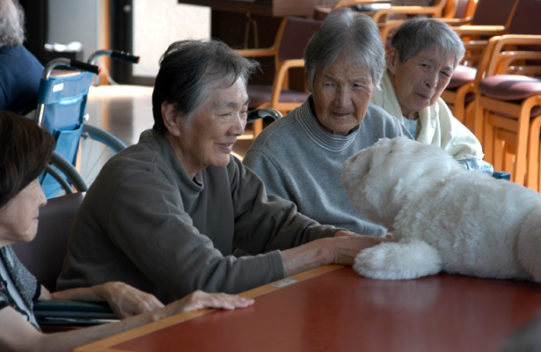
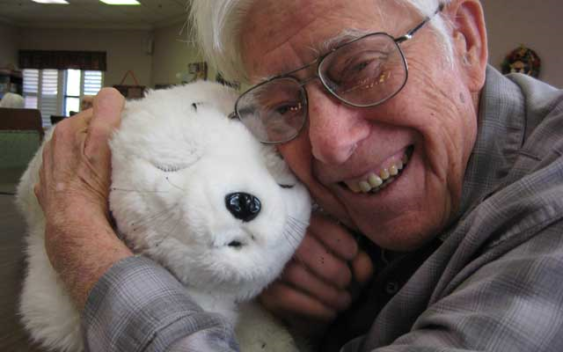

PARO is an advanced interactive robot developed by AIST, a leading Japanese industrial automation pioneer. It allows the documented benefits of animal therapy to be administered to patients in environments such as hospitals and extended care facilities where live animals present treatment or logistical difficulties.
•PARO has been found to reduce patient stress and their caregivers
•PARO stimulates interaction between patients and caregivers
•PARO has been shown to have a Psychological effect on patients, improving their relaxation and motivation
•PARO improves the socialization of patients with each other and with caregivers
•World’s Most Therapeutic Robot certified by Guinness World Records
PARO is the 8th generation of a design that has been in use in Japan and throughout Europe since 2003.
PARO has five kinds of sensors: tactile, light, audition, temperature, and posture sensors, with which it can perceive people and its environment. With the light sensor, PARO can recognize light and dark. He feels being stroked and beaten by tactile sensor, or being held by the posture sensor. PARO can also recognize the direction of voice and words such as its name, greetings, and praise with its audio sensor.
PARO can learn to behave in a way that the user prefers, and to respond to its new name. For example, if you stroke it every time you touch it, PARO will remember your previous action and try to repeat that action to be stroked. If you hit it, PARO remembers its previous action and tries not to do that action.
By interaction with people, PARO responds as if it is alive, moving its head and legs, making sounds, and showing your preferred behaviour. PARO also imitates the voice of a real baby harp seal.
Paro was designed by Takanori Shibata of the Intelligent System Research Institute of Japan’s AIST beginning in 1993. It was first exhibited to the public in late 2001, costing US$15 million to develop, and became a “Best of COMDEX” finalist in 2003, and handmade versions have been sold commercially by Shibata’s company Intelligent System Co. since 2004. Paro is based on harp seals Shibata saw in an ice field in northeastern Canada, where he also recorded their cries in order to use them for Paro’s simulated cries. Paro was classified as a Class 2 medical device by U.S. regulators in fall 2009. Paro has been used primarily in care facilities, especially as a form of therapy for dementia patients.
3. ElliQ
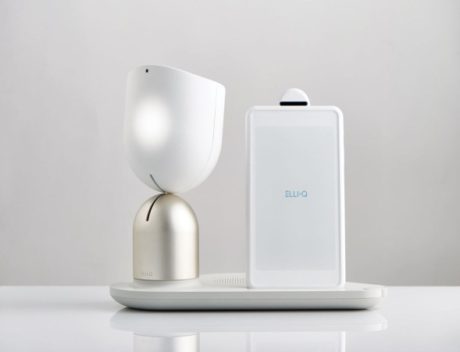 Using “Natural Communication” such as body language that conveys emotion, speech interface, sounds, lights and images to express herself, ELLI•Q is emotive, autonomous, and easily understood. Using machine learning, she learns the preferences, behaviour and personality of her owner, and proactively recommends activities based on its learning and based on recommendations by family. ELLI•Q also has the ability to monitor wellness and the environment in the home.
Using “Natural Communication” such as body language that conveys emotion, speech interface, sounds, lights and images to express herself, ELLI•Q is emotive, autonomous, and easily understood. Using machine learning, she learns the preferences, behaviour and personality of her owner, and proactively recommends activities based on its learning and based on recommendations by family. ELLI•Q also has the ability to monitor wellness and the environment in the home.
Headquarters: Ramat Gan, Tel Aviv
Founders: Itai Mendelsohn, Dor Skuler, Roy Amir
Founded: 2015
4. iPal
AvatarMind was founded in 2014.
Headquarters: Nanjing, Jiangsu
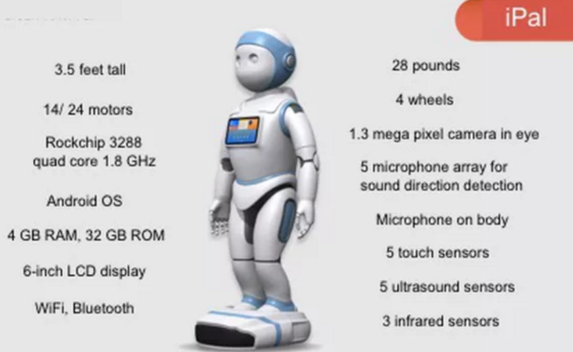
![]()
iPal is a robotic babysitter designed to keep children ages 3-8 years old occupied for a few hours.
This humanoid is available in pink and blue, and is programmed with the latest generation natural language understanding and an autonomous learning engine.
It remembers children’s likes and interests in order to create unique conversations.
There is also the Children Messenger app that lets kids connect with others who have an iPal.
This robot can also ready your child stories, play games and offers software that teaches them how to do basic programming.
